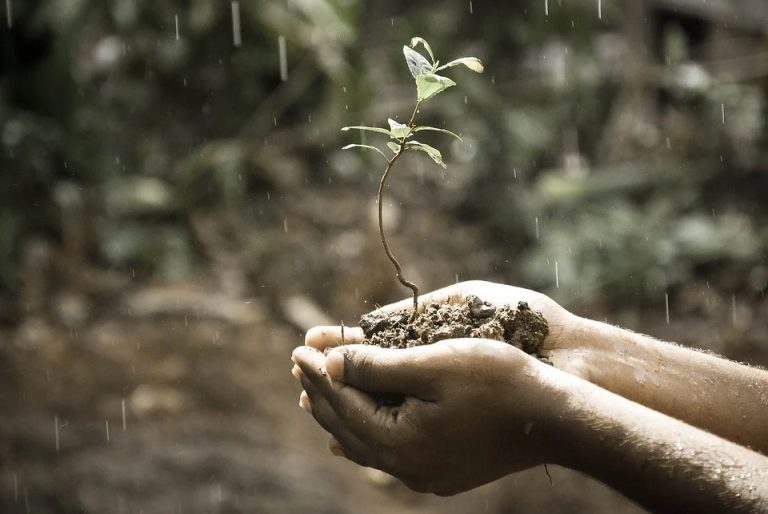Soil Conservation involves farming and agricultural management practices that are carried out with the objective of controlling soil erosion through limiting or preventing detachment of soil particles and transport in air or water. Water conservation is strongly linked to soil conservation, and several aspects of water conservation relate to soil conservation. However, the aim of this article is to explore and relate soil conservation mechanics and relate it to both innovative and traditional management practices for controlling wind-driven and water-driven soil erosion.
In recent years, various persuasive arguments have been put forward that depict an apparent change in a global climate characterized by extreme aspects of weather, such as drought. These arguments have led to rising concern about the susceptibility of soil to erosion, and fears of a Dust Bowl similar to that experienced in North America in the past. These concerns may be reduced by better information on the aspects of soil management practices implemented routinely in modern agricultural production to conserve soil materials. Soil conservation practices when routinely applied followed by a commitment to soil conservation ethic, land stewardship, and a better understanding of proper farming practices and climate, can help reduce soil erosion and conserve soil materials.
Strategies of Soil Conservation
There are 2 strategies that can be used in attempts to control the negative environmental effects resulting from agricultural activity. The most effective of these two strategies involves encouraging activities that preserve a ground cover and minimize soil disturbance thereby reducing the damage of the soil surface due to rainfall. The second method can easily be integrated into traditional land-use techniques but is less effective than the first. It involves controlling water runoff and soil loss through crop rotation, or through structures such as terraces, ditches, and barriers to decrease water and soil movement along the surface of the soil. These two strategies convict the basis of all the schemes of soil conservation discussed in this article. Although these two strategies are discussed separately, the best maintenance of soil fertility and control of water runoff and soil erosion can be achieved by using all the complementary strategies hand in hand depending on the particular agricultural system.
There are two strategies that can be used to reduce soil disturbance, these include protecting native vegetation and replanting native vegetation. Damages to the environment resulting from agricultural practices can be prevented through the protection of the native vegetation, which prevents the damage from occurring. This strategy, however, is difficult to implement especially with the increase in the human population since it does not take into consideration the reliance of farmers on traditional cultivation methods. However, this technique is quite useful since it creates a reliable, clean water supply, and reserves for native flora and fauna, which play a crucial role in the increase in the human population.…
